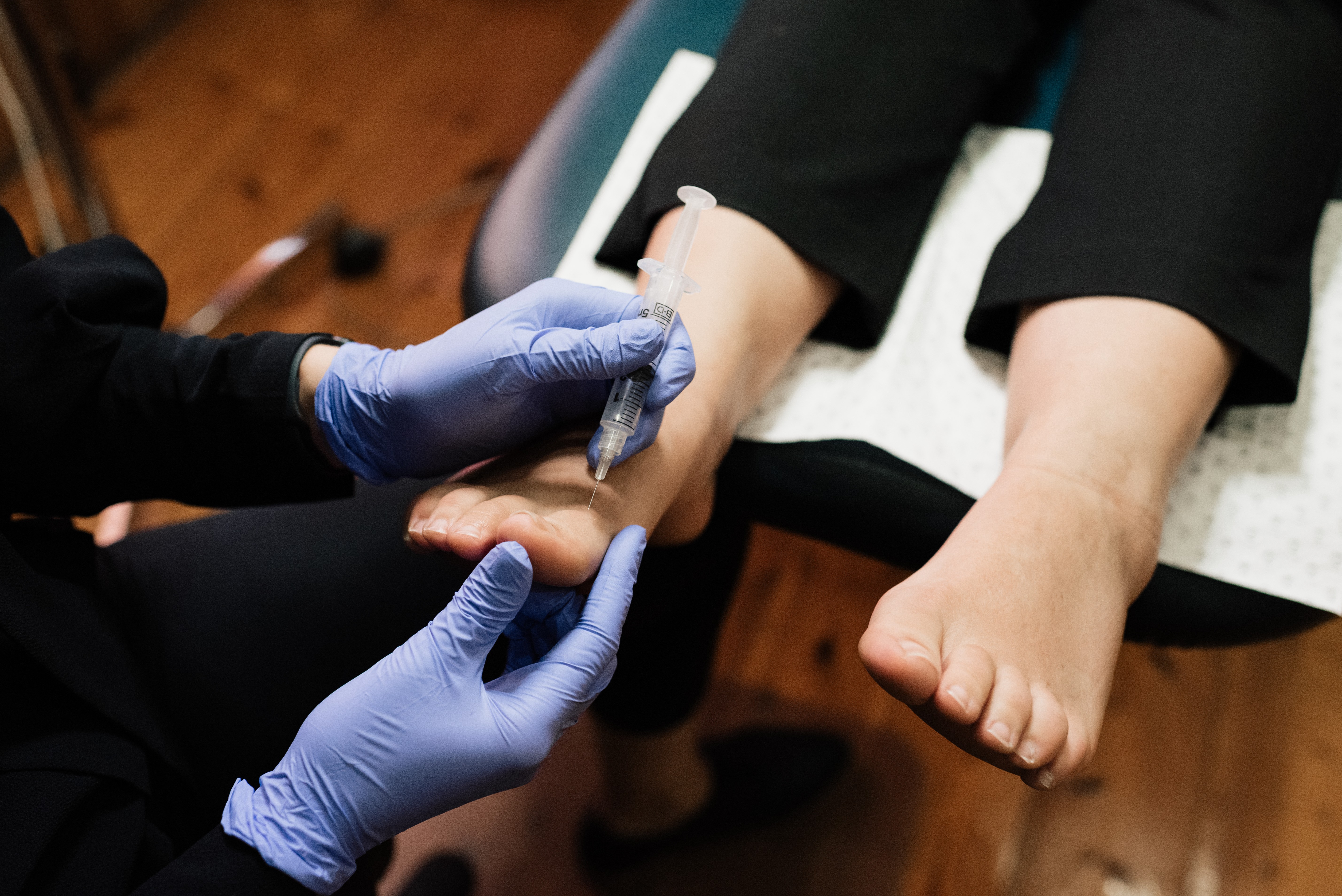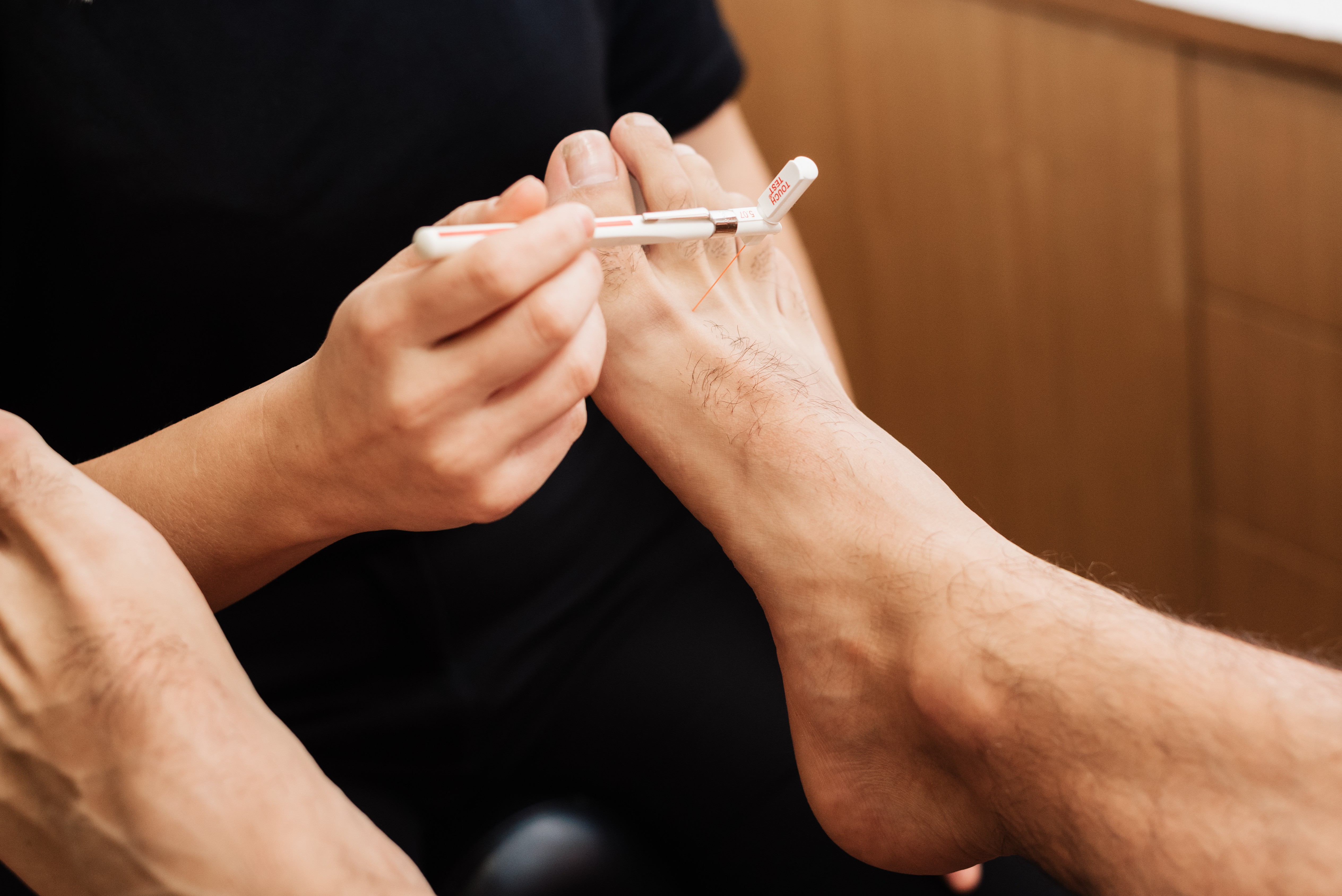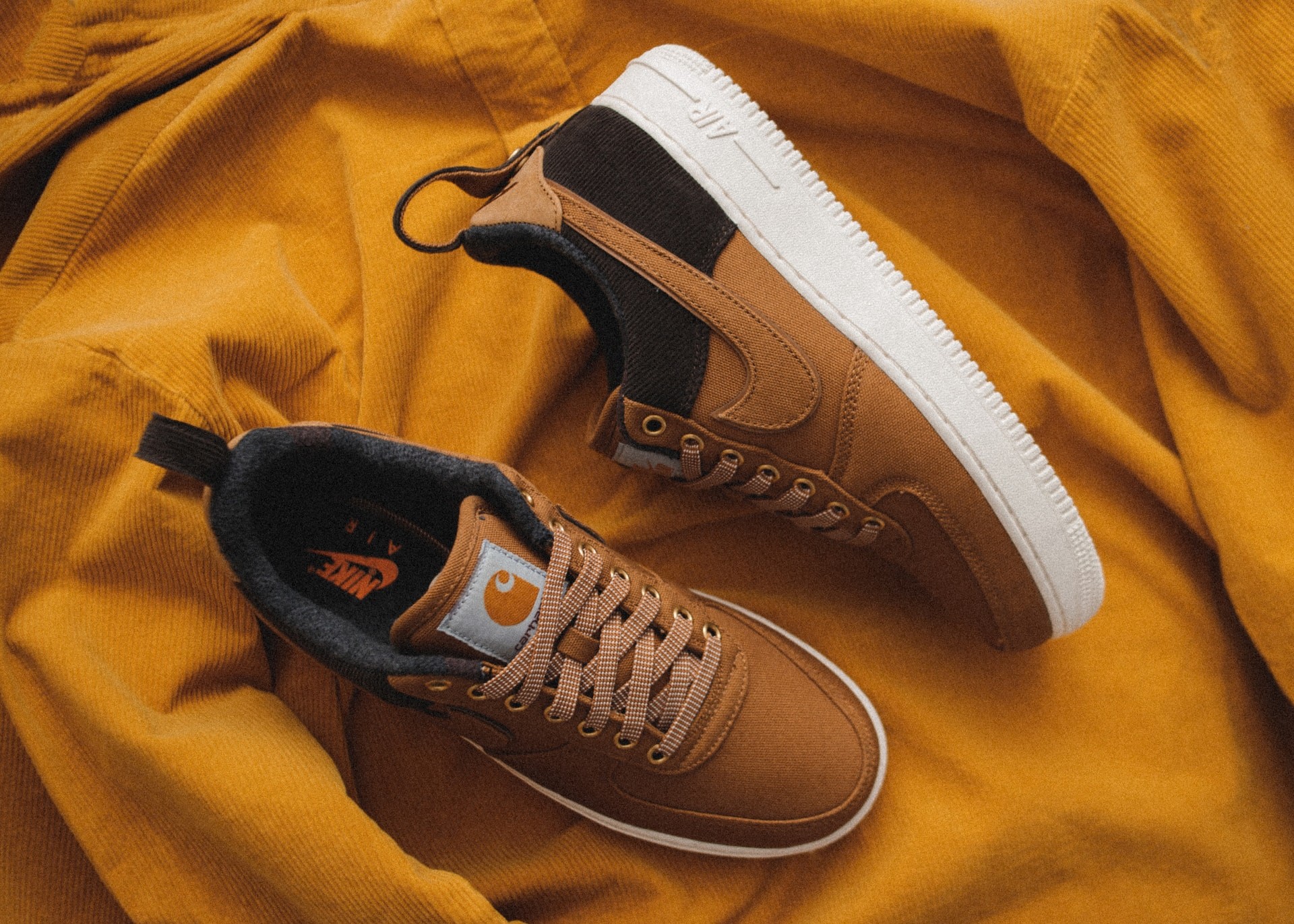Time for a change - when to replace your running shoes
Time for a Change: Knowing When to Replace Your Running Shoes
Running and walking are a fantastic way to keep fit, manage stress, and enjoy the outdoors, but it can also be tough on your feet. To keep
your feet feeling good and to prevent injuries, it's crucial to wear the right running or walking shoes—not just in terms of fit, but also
in terms of condition and age. Worn-out shoes are one of the most common reasons runners end up in a podiatry clinic. Here's how to know
when it's time to retire your current pair and what to look for in your next set of runners.
When to Say Goodbye to Your Running Shoes
-
Mileage Check: The general rule of thumb is to replace your running shoes every 400- 500 kilometres. However, this can vary
based on your running style, weight, and the shoe's build quality. If you're heavier or have a more aggressive running style, you may need
to replace your shoes closer to the 300 kilmetre mark. Waling shoes are a bit different because there is a lot less impact
through the shoe with walking, so they tend to last quite a bit longer.
Wear and Tear: Physical signs of wear can also be a clear indicator that it's time for a change. Take a close look
at the soles of your shoes:
-
Check for significant wear in the tread pattern. If the soles are smoothed over, it’s a sign they’re no longer providing the grip and safety
you need.
-
Examine the midsole by pressing a thumb into it. If it feels hard and doesn’t compress, the cushioning is likely worn out. Some
midsole materals become quite compressed over time and will shoe "wrinkling or creases". Compare the Left to Right and
inside to outside.
-
How They Feel: Changes in how the shoes feel during a run can signal it's time to replace them. Common signs include:
- Increased discomfort or the onset of pain in your feet, legs, knees, or hips after a run.
- A feeling that you're not getting as much cushioning or that the shoes feel flatter underfoot.
- With trail running and also walking, you may be noticing more intrusion from rocks or tree roots underfoot.
Choosing Your Next Pair of Running Shoes
-
Fit is Paramount: The most important aspect of a running shoe is how well it fits. Your shoes should have about a thumb's
width of space in front of your toes and should fit snugly around the midfoot and heel. Try on shoes in the afternoon or evening when your
feet are naturally slightly swollen, much like they will be when you run. Take your normal running socks to provide an even more
accurate fit, particularly if you use cushioned socks or very thin socks.
-
Consider Your Gait: Different shoes cater to different types of gait. Some are designed for overpronators who need
stability, while others are better for under- pronators with high arches who require more cushioning. Are you a toe, heel or midfoot runner?
Have your gait analysed by your Podiatrist to ensure you choose shoes that support your running style correctly.
-
Cushioning According to Need: The amount and type of cushioning can greatly affect your comfort and running mechanics.
Think about whether you prefer a softer or a firmer ride. This can depend on a variety of factors including personal preference, typical
running surfaces, and any pre-existing foot conditions.
-
Specific Features for Your Running Environment: Where you run should influence the type of shoe you buy. Trail runners need
different features, like enhanced grip and toe protection, compared to those primarily running on paved roads or tracks.
-
Keep Up with Technology: Running shoe technology is continually evolving. New materials and designs can improve comfort,
performance, and injury prevention. While you don't always need the latest model, being aware of advancements can help you make informed
decisions. When visiting your shoe store, try on as many pairs as you can to find the perfect fit and style.
Final Thoughts
Replacing your running shoes regularly is an investment in your health and performance. Don’t wait for pain or injury to remind you—it's
more time and cost-effective to change your shoes that resolve in preventable injuries. Some people will keep a second pair of
running shoes to test shoe wear. When they start to feel sore after running, switch out the old shoes and see if the new ones
resolve the problem. If this is unsuccessful, then it's time to seek help from podiatrist. By choosing the right time to switch and
knowing what to look for, you can maintain your pace in comfort and safety. Stay in stride with proper footwear and keep those feet happy
and healthy.


